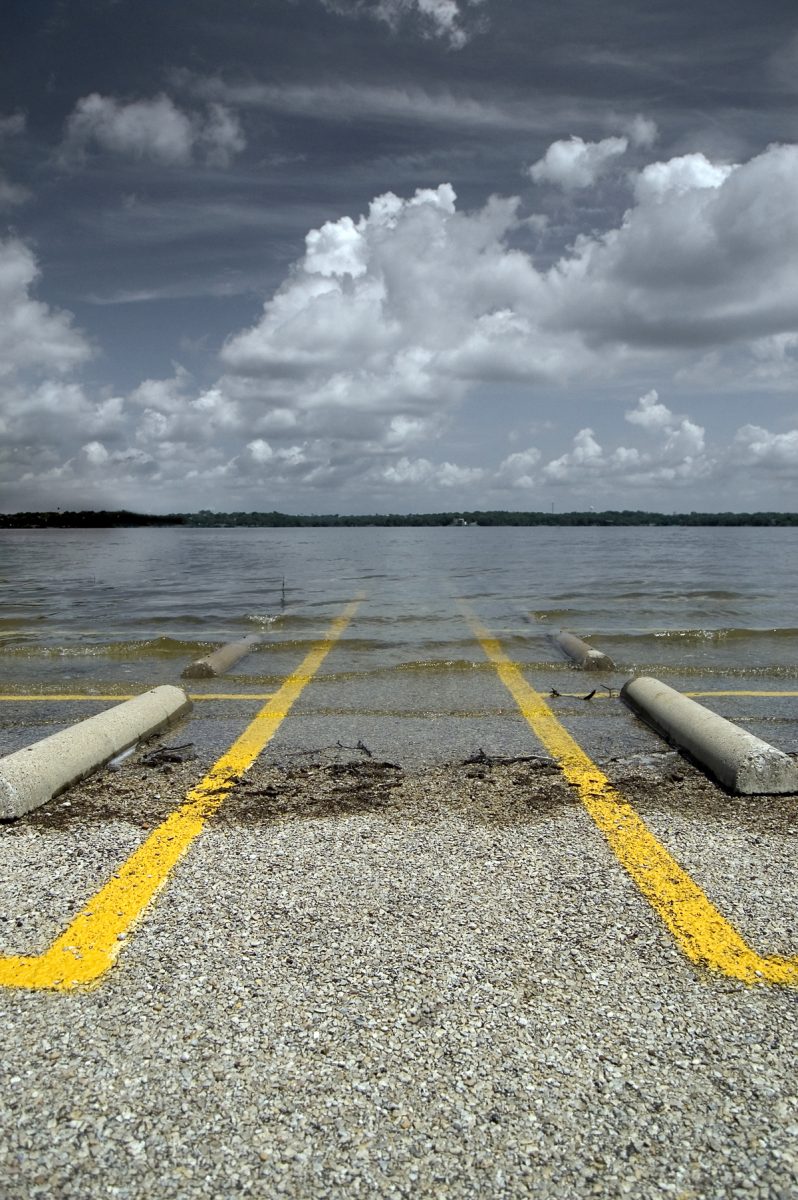Water, Water Everywhere
This week’s post features our first guest employee blogger, Ryan Labuda, Director of Special Projects at Rose Paving. The following discussion addresses methods for dealing with stormwater management:
 Water is often taken for granted, especially when it comes to your parking lot. Water can be a parking lot’s biggest enemy, whether it is standing water creating a hazard on the surface or water saturating a sub-grade causing premature failure.
Water is often taken for granted, especially when it comes to your parking lot. Water can be a parking lot’s biggest enemy, whether it is standing water creating a hazard on the surface or water saturating a sub-grade causing premature failure.
But now there are even more considerations when it comes to stormwater management, especially when building new or reconstructing your existing parking lot. State, federal, and local authorities are all making efforts to improve water quality and reduce the strain on our infrastructure. These considerations now include concepts like flow control, volume control, erosion control, and sedimentation prevention. Simple and effective solutions can be found for each of these concepts, but here are some of the basics:
Flow Control: Flow control addresses the rate at which stormwater leaves a site, typically via a traditional storm basin that connects to the local infrastructure. The goal of flow control is to slow the rate at which the stormwater leaves the site. Typically, this means the insertion of a device in the outflow pipes, known as a restrictor, which creates a smaller outflow than inflow.
Volume Control: Volume control is the requirement to retain or detain a certain percentage of stormwater on-site. There are several different solutions to this, one of the most common being the creation of a pond or earthen containment area. As land for development has become scarcer, new solutions have been created, such as permeable systems (transforming an existing parking lot into your stormwater retention area) or underground vault systems. Permeable systems can be created using concrete, asphalt, or brick pavers. To learn more about permeable systems, please click here.
Erosion Control: The prevention of accelerated erosion of soil, often resulting from construction activities. When soil is exposed to nature’s elements such as wind and rain, erosion can occur. The best solution is to maintain vegetation during the construction process or reestablish vegetation as quickly as possible after construction is completed.
Sedimentation Control: Sediment can be in the form of eroded soils or construction debris which finds its way into the stormwater system or onto neighboring properties. One of the most commonly seen sediment control devices is silt fence. The goal for an existing site is to create a barrier between the exposed areas and the infrastructure. This can be in the form of inlet protection, silt dikes, or stabilized construction exits, to name a few.
These are just a few of the ways we must now look at water and how we manage it. Please contact me to learn more, or ask your question here!




